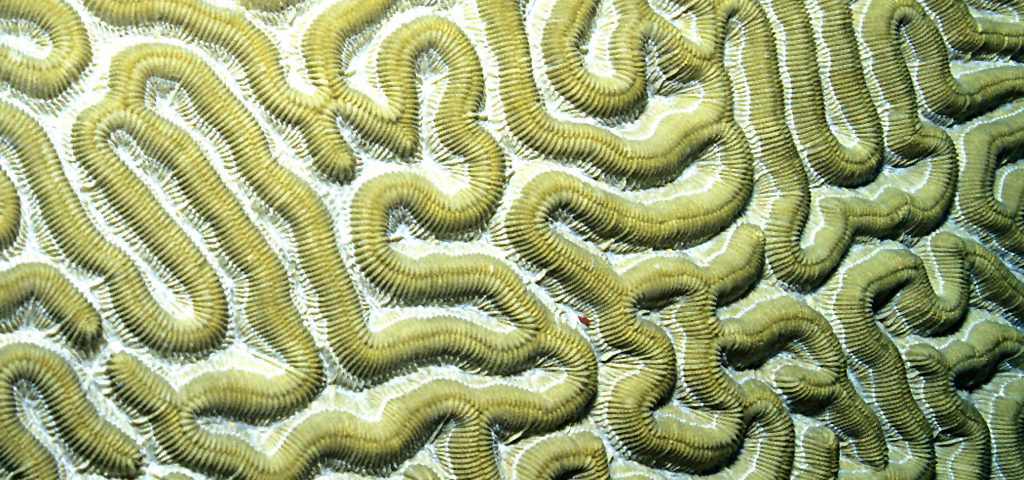Research
From the mathematical point of view, we are focussed on systems in which stochasticity (randomness) plays an important role. By this we mean that the fully stochastic model of the system displays different behaviour to that of the corresponding deterministic model (if such a model exists). Examples of such systems include (but are not limited to) stochastic focussing, stochastic resonance and multistability, in which the behaviour of the stochastic model can differ significantly from the behaviour of the naive deterministic model.
From a biological stand-point I place no restrictions on the types of systems on which members of my group work, other than that they conform, in some sense, to the mathematical areas of interest above. In particular, I have worked across a variety of spatial and temporal scales modelling the microscale stochastic motion of single molecules at one end to the macroscale migration of swarming insect at the other (and the wide range scales in between).
Below you will find a wide range of biological and mathematical areas on which I currently work or have worked on in the past. If any of these are of interest to you then I would be happy to talk with you about them. In particular, I am always looking for excellent PhD candidates who would be interested in undertaking a project in one of these areas.
Below is a brief list of the current research interests of the group. If you are interested in any of these areas and would like to collaborate or are interested in pursuing a Ph.D. with me in Bath then please email me on c.yates at bath dot ac dot uk
Cell migration
I work in collaboration with experimentalists in Edinburgh on a gene called Kit! Mutations in Kit can cause slower migration of melanocyte neural crest cells leading to non-pigmented areas of skin. I work on linking two different modelling paradigms (discrete stochastic and deterministic continuum) for cell migration and exploiting their complementary advantages when modelling a biological system.
Spatial hybrid simulation methods for reaction-diffusion systems
Reaction-diffusion models have been employed to describe many emergent phenomena in biological systems. The modelling technique for reaction-diffusion systems that has predominated due to its analytical tractability and ease of simulation has been the use of partial differential equations (PDEs). However individual-based models have become a popular way to investigate the effects of noise in such systems.
In a wide variety of biological situations, computationally-intensive, high-resolution models are relevant only in particular regions of the spatial domain. In other regions, coarser representations may suffice to capture the important dynamics. Such conditions necessitate the development of hybrid models in which some areas of the domain are modelled using a coarse-grained representation and others using a more fine-grained representation. A significant part of the work of my group focussed on developing and testing such methods.
Stochastic simulation methodologies
With a variety of collaborators and PhD students I work on the development of efficient stochastic simulation algorithms. In part I work on developing general methodologies for stochastic simulation (Multi-level for continuous time Markov processes, recycling random numbers in the SSA, avoiding negative populations in tau-leaping). I also work on the development of simulation algorithms specifically designed to speed up the simulation of spatially extended systems (hybrid methods, non-local jumping, adaptive mesh refinement for position-jump processes).
Collective motion
We model the collective migration of locust (and other animal) swarms using self-propelled particle models and more basic stochastic interaction models. In collaboration with scientists in Slovakia I have also started modelling decision making in ants.
The evolution of pleiotropy and redundancy
We model the potential for the evolution of pleiotropy and redundancy as a mechanism by which cheating is regulated in bacterial communities. We use experimental data to inform our stochastic evolution models.
Nematode dynamics
We model the interaction dynamics between migrating nematode worms and more sedentary bacteria which act as food for the worms. We use cellular automaton/PDE hybrid models informed by experimental data.
Egg patterning
In collaboration with experimental biologists in Harvard and Yale I contrive computer models which are able to investigate the possible mechanisms by which egg patterns form.
Cell Tracking
Tracking free-swimming bacteria under the microscope is a highly non-trivial problem. In collaboration with biochemists and mathematicians I have helped to develop a tracking algorithm which is capable of achieving this task very efficiently. We currently have a patent pending on the method.
